Most of us trust the food in our kitchens without a second thought. But tucked between the everyday ingredients and familiar staples are a few quiet troublemakers—foods that can turn dangerous if prepared the wrong way or stored too long. Sometimes, it’s the stuff you’ve eaten for years without knowing the full story. This guide is less of a scare and more like a smart home cook’s checklist—because knowing what to watch for might just save your next meal from going sideways.
Zucchini
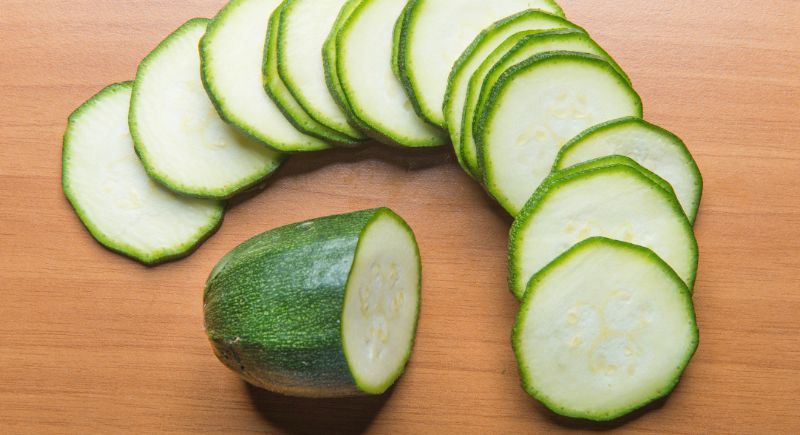
Credit: Getty Images
You'd never guess that something as innocent-looking as zucchini could send you racing for the bathroom—or worse—but that bitter flavor is a red flag. Occasionally, they produce cucurbitacins, a natural toxin that causes nausea and vomiting. Most zucchini are safe and tasty sautéed, roasted, or spiralized—but if it tastes bitter, toss it. No recipe's worth stomach pain.
Potatoes
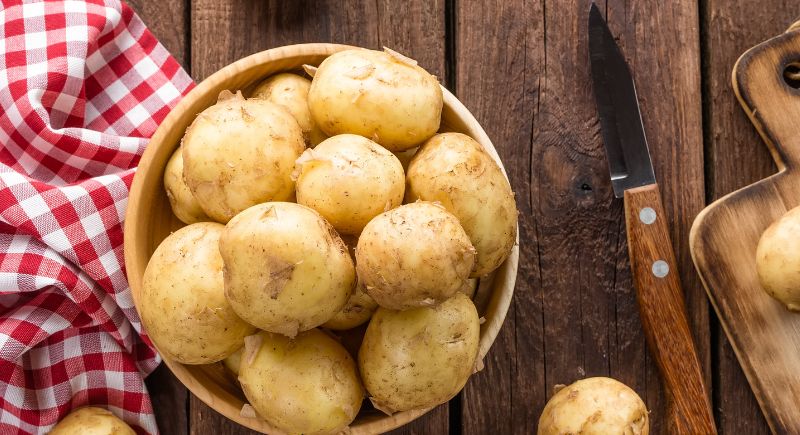
Credit: Getty Images
They've earned a permanent spot in your pantry for fries, mash, and every comfort dish in between—but when potatoes go green or sprout little eyes, they cause trouble. Solanine, a natural toxin, builds up with light exposure and can lead to serious digestive issues. Most potatoes are harmless, but when they look suspicious, skip the side dish and stay safe.
Mushrooms
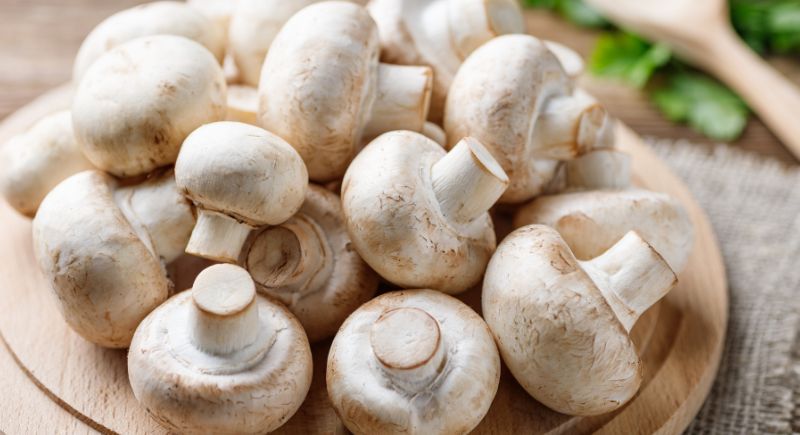
Credit: Getty Images
It's easy to feel like a foraging pro when tossing mushrooms into a pan, but not all fungi are friendly. While grocery store mushrooms are safe, some wild varieties look identical and contain deadly toxins like amatoxins. That creamy stroganoff might turn into a nightmare if the wrong mushroom sneaks in. Stick to store-bought and skip the guessing game.
Tomatoes
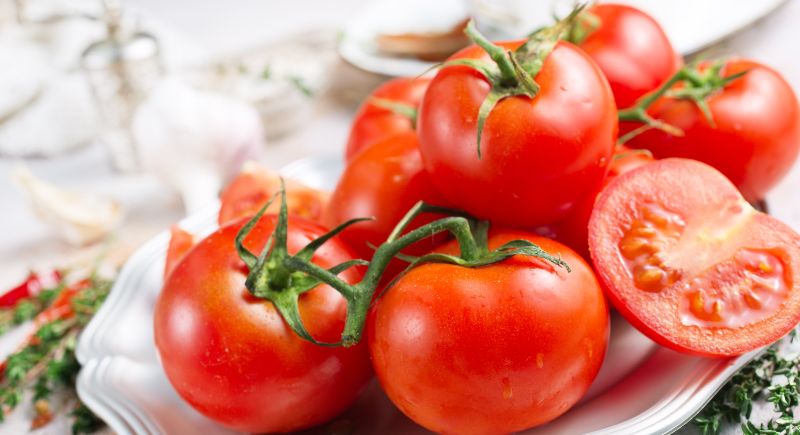
Credit: Canva
Tomatoes brighten up salads and sauces with their sweet-tangy punch, but the green parts have a darker side. Their leaves and stems contain glycoalkaloid and solanine, toxins that mess with your gut and nerves. The fruit itself is safe and delicious, but avoid nibbling on the plant unless you want symptoms that outlast your pasta night.
Cherries
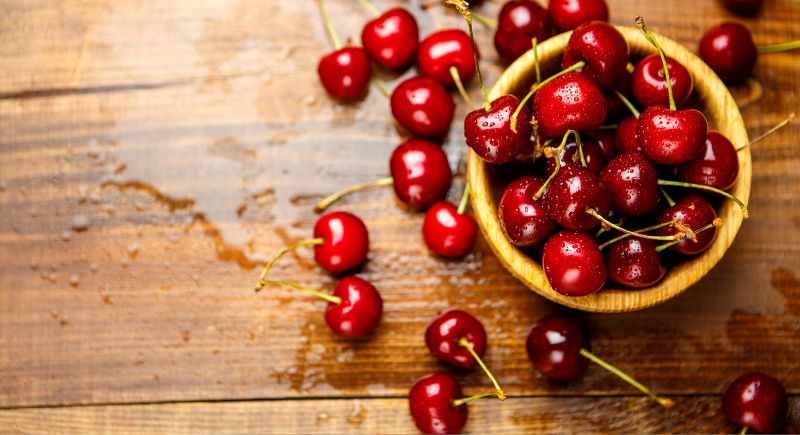
Credit: Getty Images
Bite into a cherry, and it's all juicy bliss until you get to the pit. That hard center contains amygdalin, which can convert to cyanide if crushed or chewed. Accidentally swallowing one whole isn't likely to harm you, but skip the urge to crack it open.
Almonds
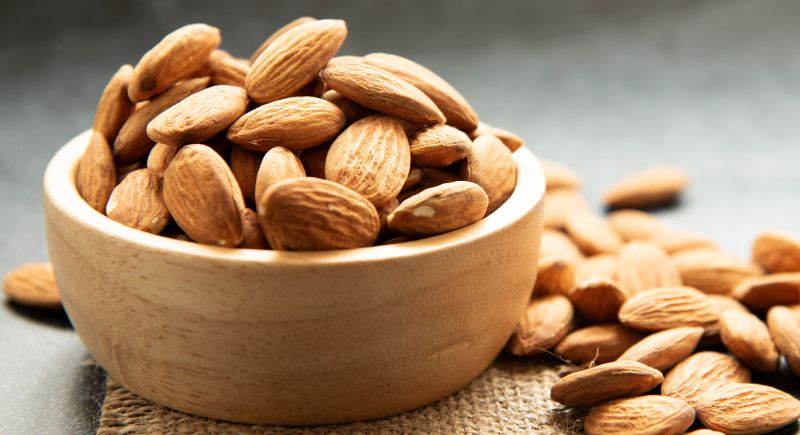
Credit: Getty Images
No one would probably guess that almonds could be dangerous, especially since they're praised for protein and crunch. But bitter almonds, which aren't sold raw in the U.S., naturally contain amygdalin that turns into cyanide in the body. Thankfully, the sweet ones we snack on are safe. Just don't go raw almond-hunting overseas without knowing what you're biting into.
Uncooked Eggs

Credit: Getty Images
Cracking open a raw egg into cookie dough might seem harmless—until you remember Salmonella. This bacterium can cause food poisoning with symptoms that ruin your day. Eggs are protein-packed and breakfast gold when cooked properly, but skip the raw batter and wash your hands after handling.
Peanuts
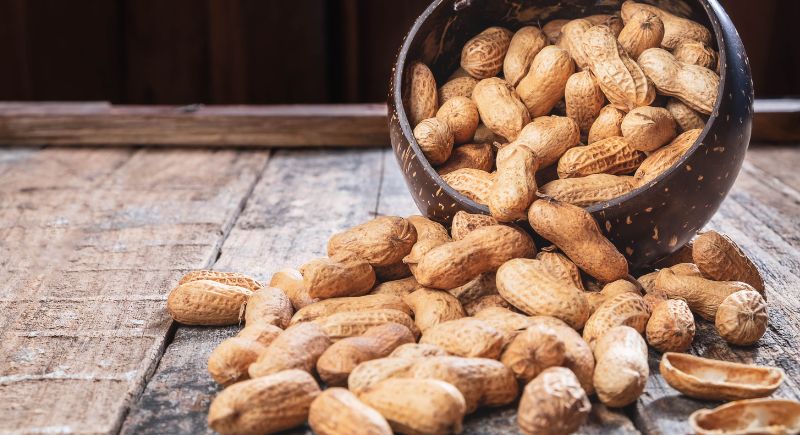
Credit: Canva
Peanuts might be party bowl favorites, but for some, they're more a threat than a treat. Its allergies are among the most common and can cause reactions ranging from hives to life-threatening anaphylaxis. Most people can enjoy them safely roasted or spread on toast, but if you're allergic, even trace amounts are dangerous.
Apple, Apricot, and Peach Seeds

Credit: Getty Images
That satisfying crunch into a fresh apple or sweet peach is safe. But chew on the seeds, and things change. These stone fruit seeds contain amygdalin, which breaks down into cyanide in the body. Swallowing one whole won't hurt, but snacking on the seeds intentionally isn't smart.
Castor Oil
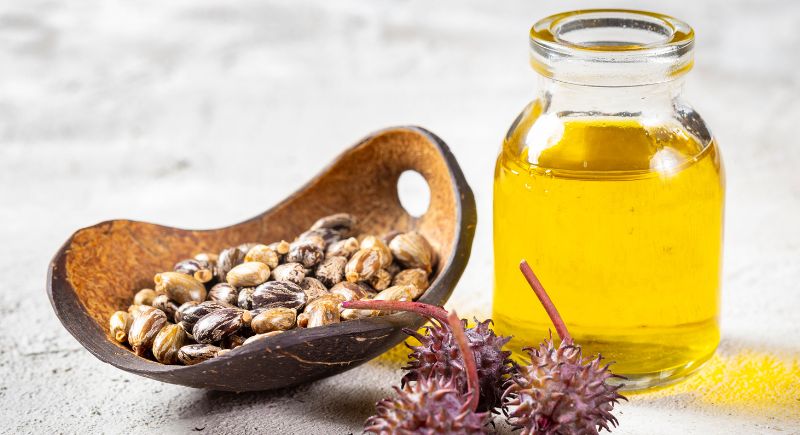
Credit: Getty Images
It might be hiding in your medicine cabinet instead of the pantry, but castor oil's connection to food and health goes way back. The oil is safe and even used as a laxative, but its raw form—castor beans—contains ricin, one of the most toxic compounds known. Thankfully, commercial processing removes it. Still, this isn't something to DIY.
Fish

Credit: Canva
Grilled, pan-seared, or raw in sushi—fish is a go-to for many kitchens. But certain types like king mackerel, shark, and swordfish can carry high mercury levels. Others, like pufferfish, have tetrodotoxin that's lethal if prepared incorrectly. Most fish are safe when chosen wisely, but it pays to know which fillet could come with a side of danger.
Nutmeg
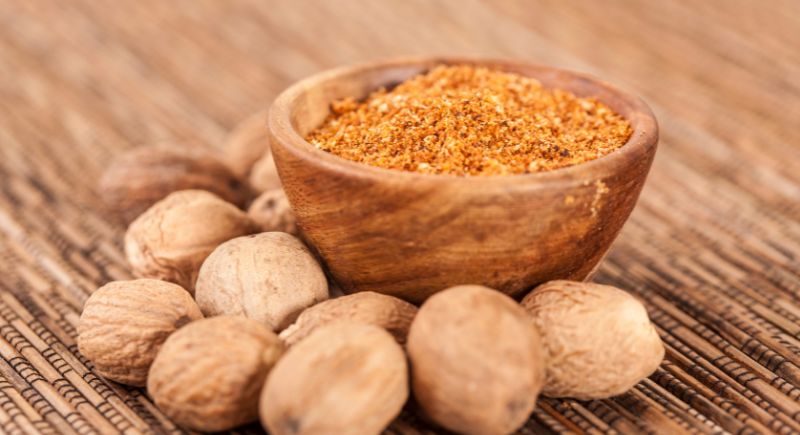
Credit: Getty Images
That cozy spice you sprinkle on eggnog or baked goods has a surprisingly wild side. Nutmeg contains myristicin, a compound that can cause hallucinations, nausea, and dizziness if consumed in large quantities. A little adds warmth and flavor, but don't dump in tablespoons.
Elderberries
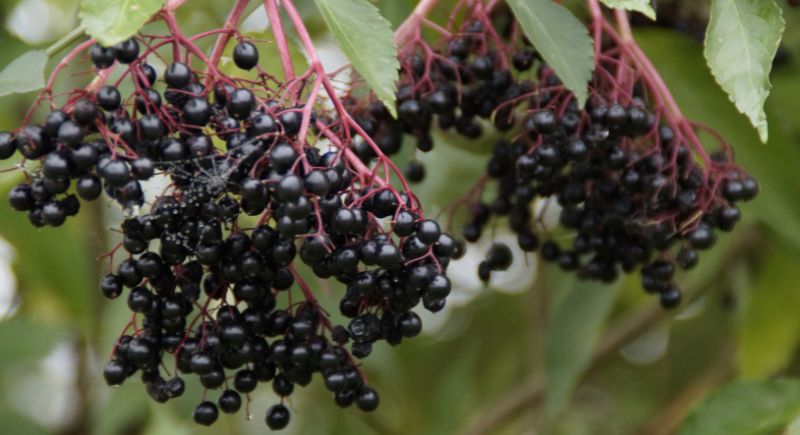
Credit: pixabay
Elderberries are known for their cold-fighting reputation and are often brewed into syrup or tea. But raw berries, plus their leaves and stems, contain cyanogenic glycosides that cause vomiting and even more serious symptoms. The trick is proper prep—cooking destroys the toxins.
Kidney Beans
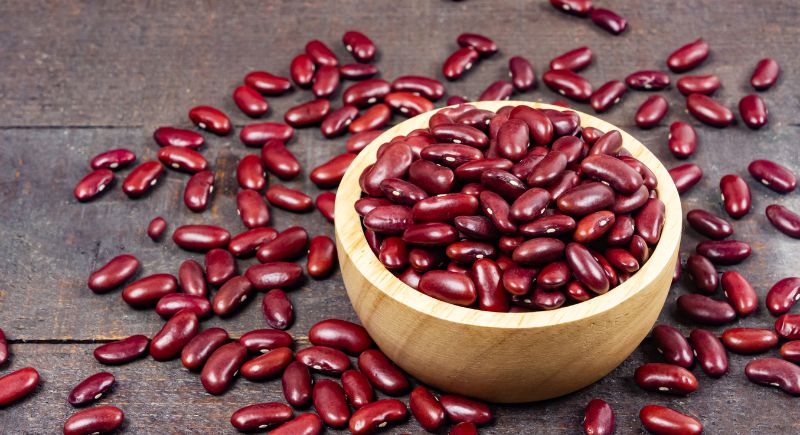
Credit: Getty Images
It's tempting to toss dried beans into a stew, but kidney beans can pack quite a punch if undercooked. They contain phytohaemagglutinin, a toxin that causes serious stomach distress. Soaking and boiling them for at least 10 minutes makes them safe. Canned ones are pre-cooked and worry-free.
Rhubarb Leaves
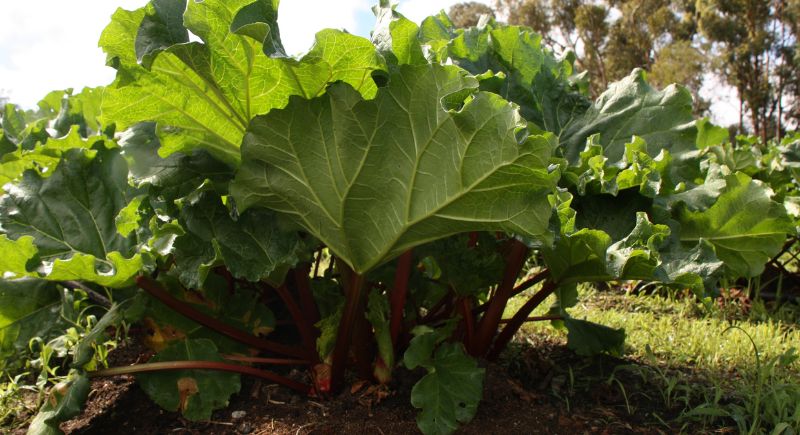
Credit: pixabay
Rhubarb’s tart stalks are a springtime dessert favorite, but the leaves are better off in the trash. They're packed with oxalic acid and anthraquinone glycosides, both toxic in high amounts. Eat enough, and you'll feel it—from kidney issues to worse.





